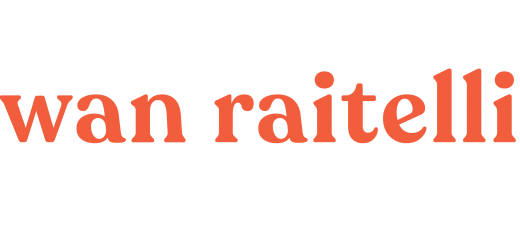Portfolio 101: How to build your creative portfolio?
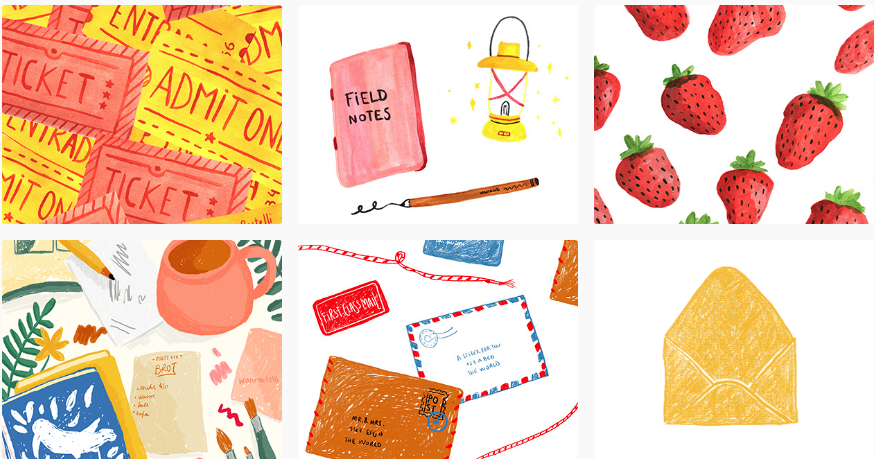
Creative portfolios are something with which I’ve struggled most of my young/adult life (?) So in these 101 series that I’m creating in this blog, I want to write about things I wish I’d known back in the day when I started in the creative business environment. Today we are checking off the list Portfolio building for creatives.
As this post is going to be long I’ll leave the sections here:
- What’s a portfolio?
- Types of Portfolio
- What you should include
- Analog and digital portfolios
- Final Tips & Thoughts.
What’s a portfolio?
A portfolio is basically a collection of your work in an area or different areas. They sometimes have a topic or maybe they could include just work throughout the years. Depending on the type of portfolio you are building, you will need different kinds of work.
Types of portfolios
According to your needs, your definition of portfolio might change.
The Job Portfolio: In college, I was taught to create portfolios that would aim to get me a job in a Photography market: I worked in Fashion as a photographer and stylist for many years so my portfolio at the time had more fashion-oriented material.
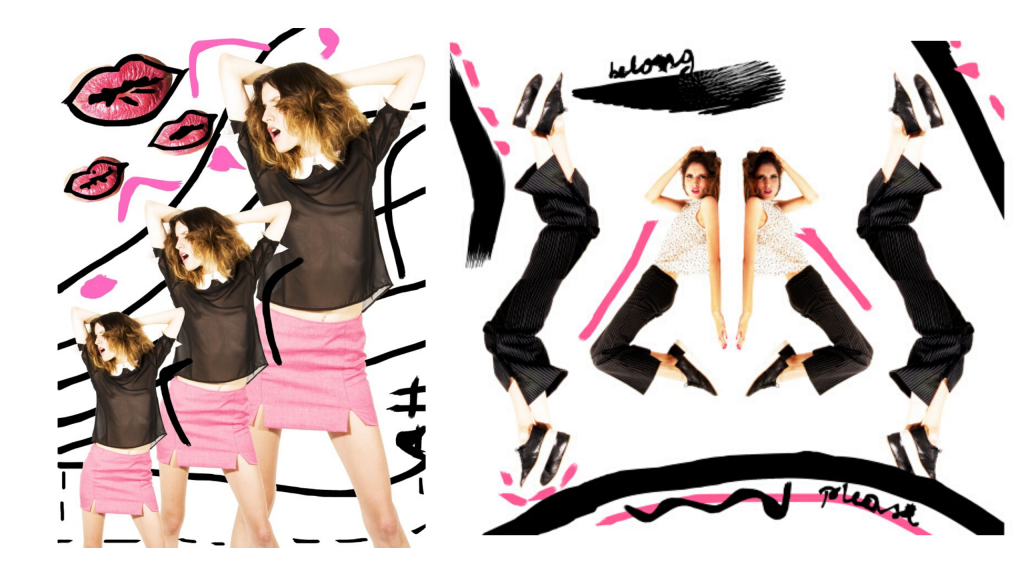
On the side, I started building a Graphic design portfolio with some simple logos and minimalist pieces to show clients.
As an Illustrator, my portfolio revolves around personal workpieces and “niche” pieces (I’m interested in opportunities in Editorial Illustration so I opt to display the pieces I believe are more appealing to that branch).
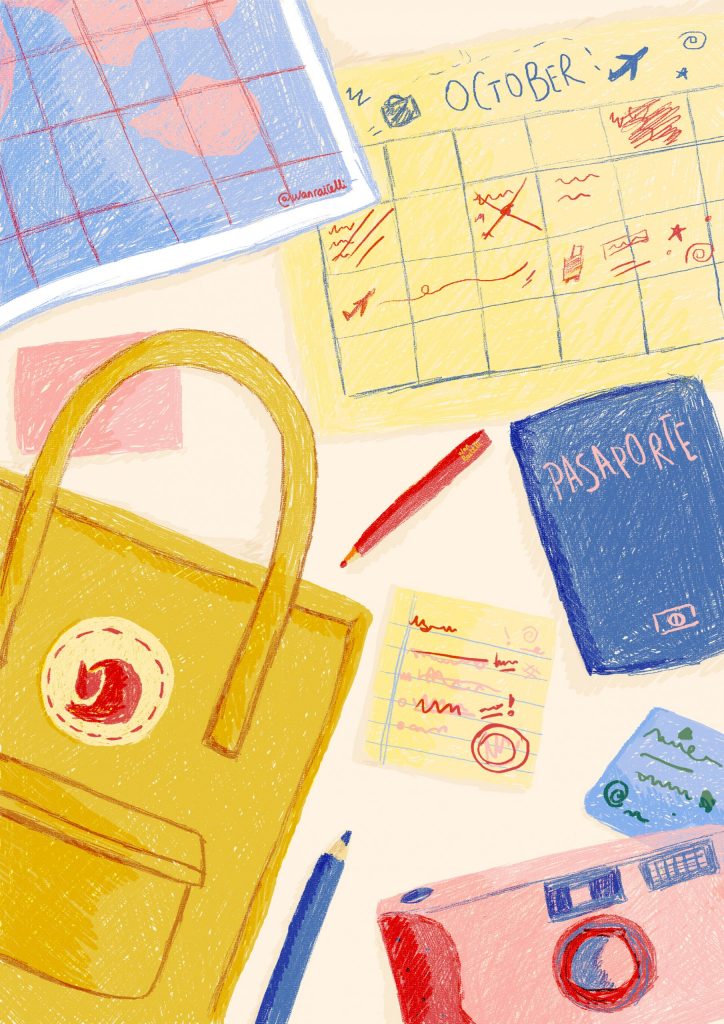
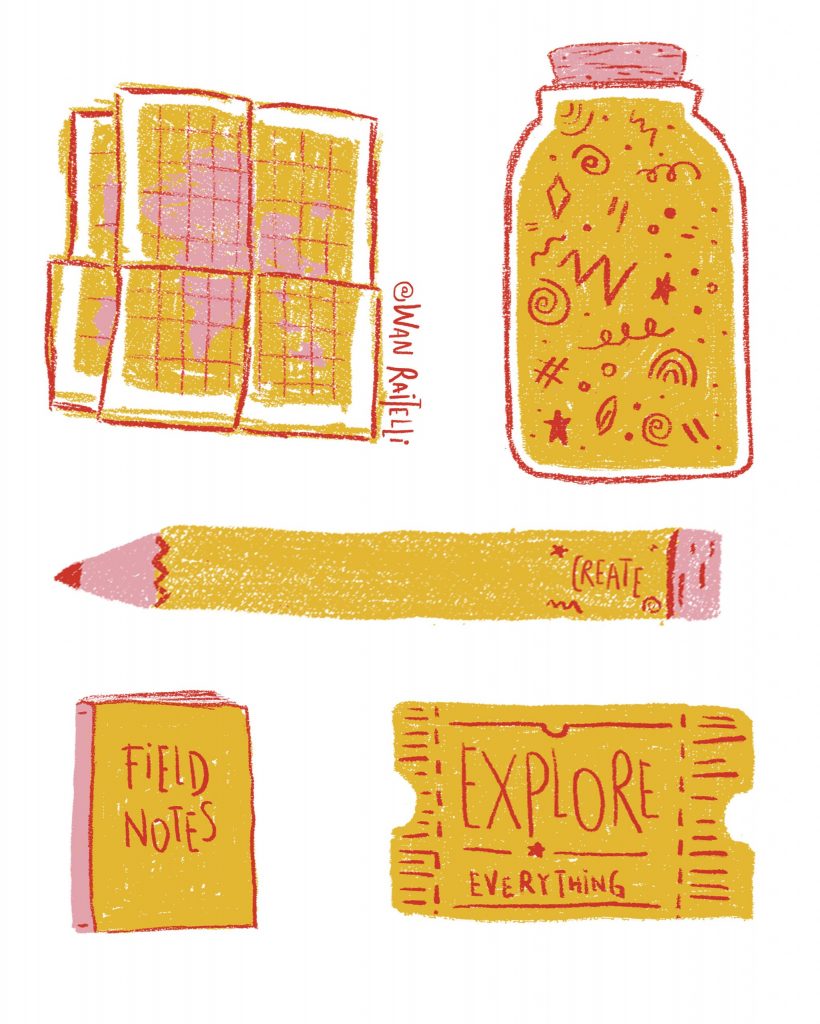
The job portfolio is the one that displays your abilities and skills you master plus the touch of personality and character you can add to the design/photography/illustration/video/etc.
The Academic Portfolio: I recently had a portfolio review at the Folkwang Universität der Kunste. Nobody actually told me that I needed to show my portfolio in order to enter a university here, so I went literally crazy. I collected some of my old photography portfolio pieces to start the tour and show a bit of the style I developed as a photographer and designer. From there, decided to link it to my actual illustration work, however, they didn’t like the digital pieces or anything client-oriented as much as they admired my sketchbooks: I took 2 sketchbooks with me that captivated them, as they showed the most “real and pure” side of my art.
The academic portfolio is basically the one you show in order to enter an art oriented career. Depending on the institution, they could ask for a themed portfolio (develop one concept) or just show some pieces of work you’ve done.
What should you include in your portfolio?
Be sure that your portfolio is a reflection of your skills and personality as an artist. This is a valid one for both portfolios.
The Job Portfolio: There’s not a golden number of pieces you should display, the whole idea is to show the minimum pieces, however, the ones you feel display the best quality of work. Always ask someone to give you a hand identifying these pieces, preferably someone who has a bit of field knowledge! If you want, my mail is open to help you out!
The Academic Portfolio: This one is pretty relativ and depends on the requirements the university sets. I’ve never experimented with a themed portfolio so I can’t really help there. On the other hand, if you are told to bring some samples of your work it could work to do what I did: give a glimpse of your background and focus on your recent pieces. Try not to overwhelm others with the number of work you display and make it diverse displaying different techniques, different types of work and imagery. Less content, more quality is always the key.
Analog and digital portfolios
Digital portfolios are really popular so I’d really advise having at least one place on the Internet where you display your work and is accessible to anyone at all times. If you can afford it, a website is indeed a great tool to show a prospective employer (I use WordPress. org and a cheap hosting service). If you’re looking for a free option, I’d recommend Behance, Dribble, and even Flickr or creating your own Tumblr blog. These are services that not only offer to display your work but also is easier someone can stumble upon it on the site. In case something could go wrong, I’d tell you to have a backup plan and always bring a USB stick with a copy of the work you display on the site.
Analog portfolios are slowly feeling out dated however you could opt for a copy of your digital pieces printed in case something goes wrong. If you work with analog tools (e.g. pen, paper) I’d make sure to find a nice folder and keep them in order there.
Final Tips & Thoughts
-Keep your portfolio always up to date.
-Be sure to regularly check your files on platforms and your website
-Marikondo your portfolio: always before including a piece ask yourself “Does this spark joy?” and you know what to do.
-In Job portfolios, include pieces that reflect the work you want to do, so clients know they can ask more of what you love doing.
-In Academic Portfolios, be open at the time of the review. Remember those people are there to help you strengthen your portfolio by telling you what’s working and what’s not.
